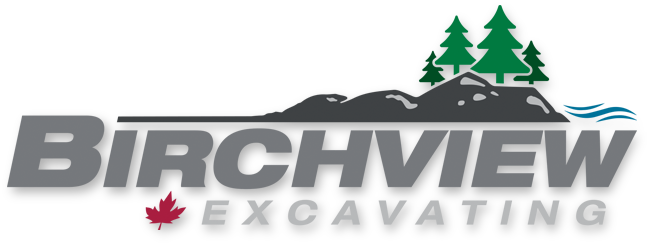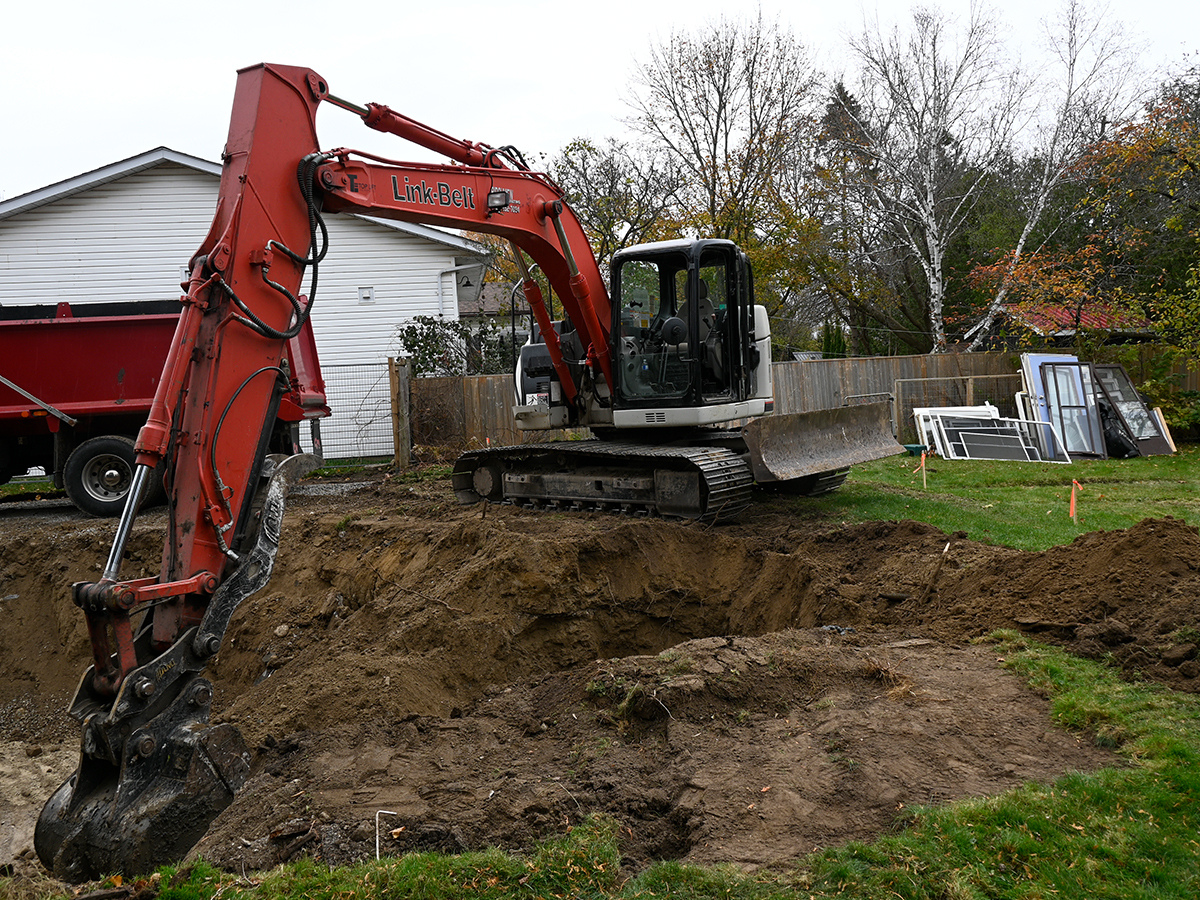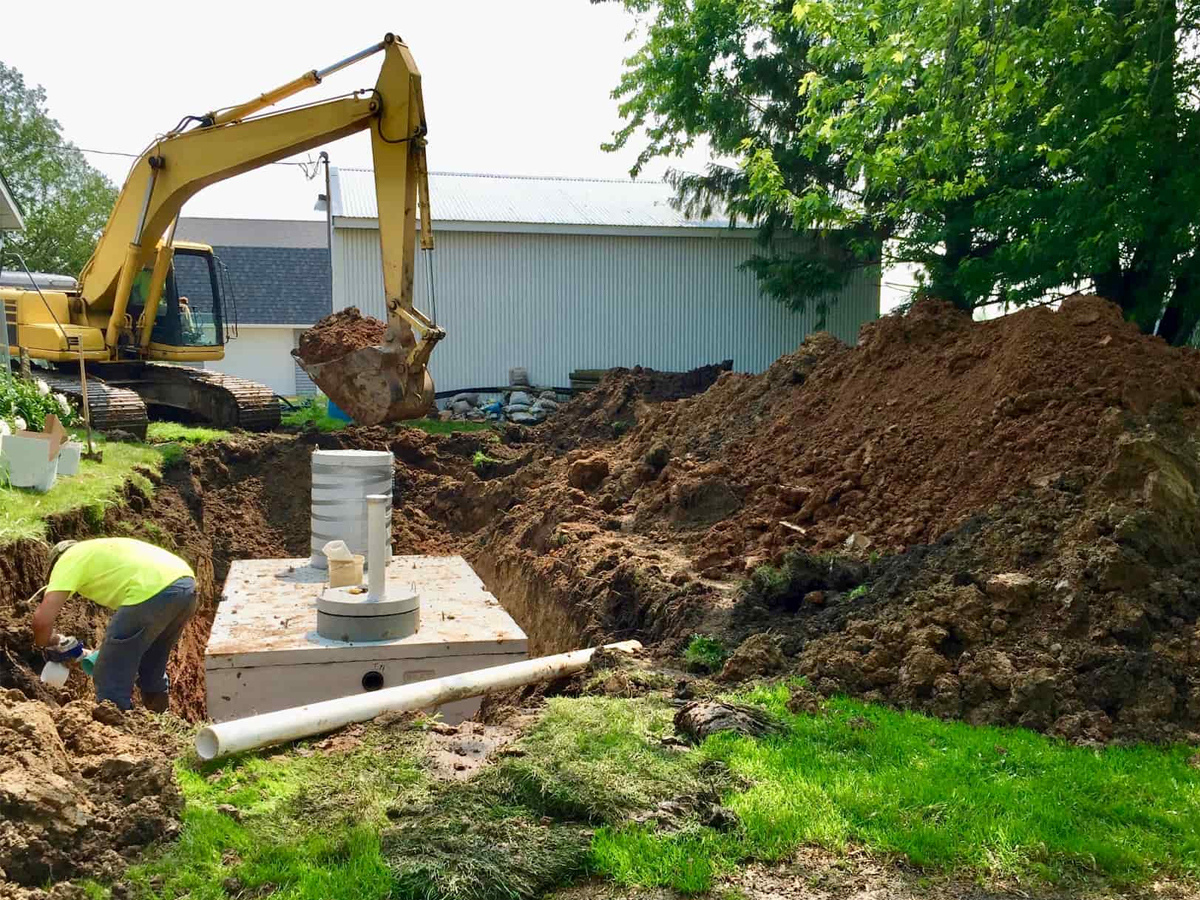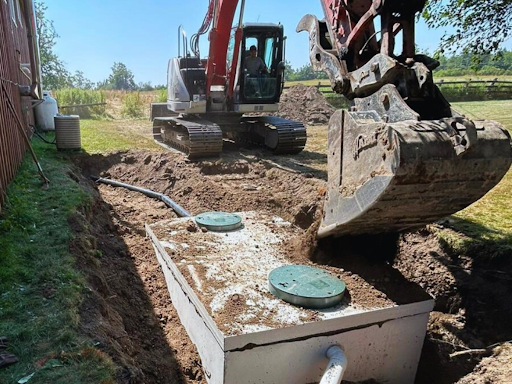New Partners and Associates
In recognition of their exceptional contribution to the company, we are pleased to announce the addition the following promotions and new partnerships.

We’re pleased to announce the following promotions, following years of dedicated work and outstanding results.










